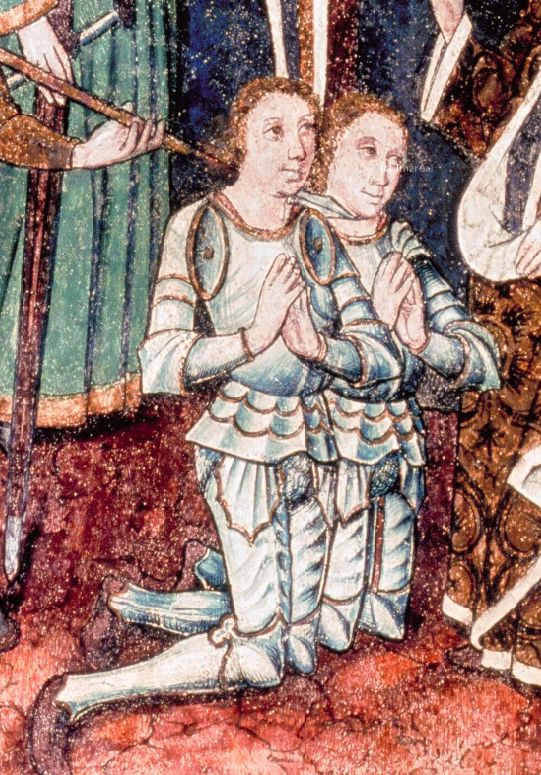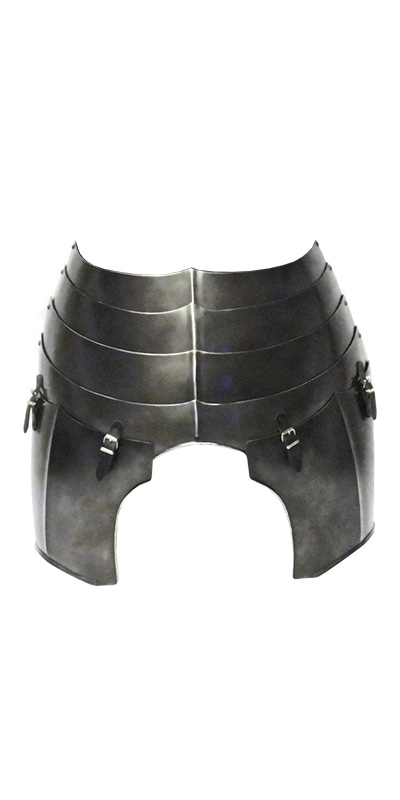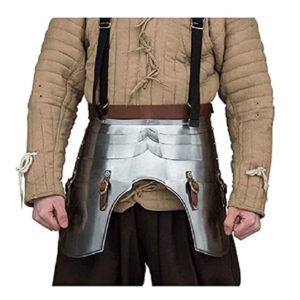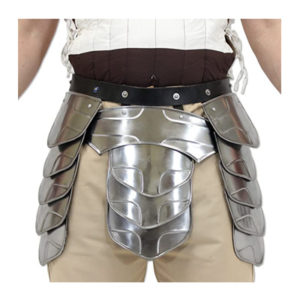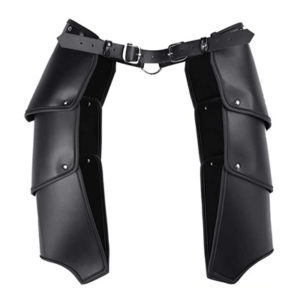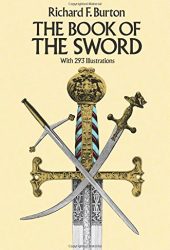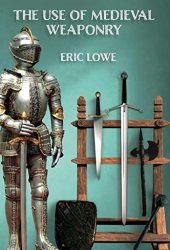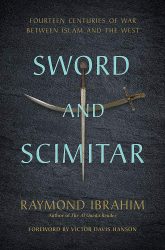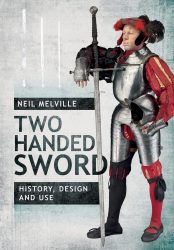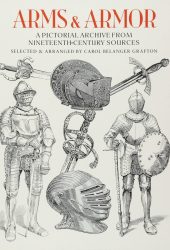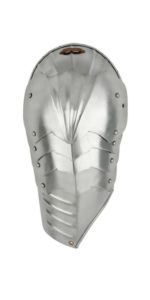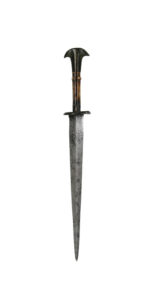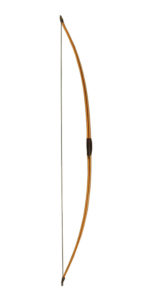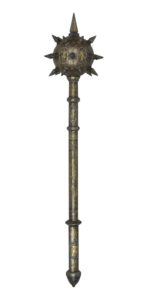The faulds were pieces of plate armour that were worn below a breastplate to protect the waist and hips. They consist of overlapping articulated horizontal lames of metal connected by strips of leather and forming an apron-like skirt in front.
The faulds can either be riveted to the lower edge of the breastplate or made as a separate piece that the breastplate overlaps. Although faulds varied in length, most of the ones used for field ended above the knees.
The leather strips allowed expansion and contraction, particularly important because the wearer can mount a horse. Oftentimes, additional ‘tassets’ were hinged to the bottom of faulds to hang over the ‘cuisses’ and provide additional protection for thighs.
History of the Faulds
Faulds began to appear in Western Europe in the 14th century, from about 1370.
A much larger skirt that was usually confined to foot tournaments was called a tonlet. Tonlets were more difficult to wear while on a horse. Their purpose was to be rigid, supplying additional protection against lances and lead projectiles. Tonlets wrapped around the entire waist like a skirt and reached down to the knees. While tonlets were occasionally worn by nobles in tournaments, faulds were meant for open battle.
By the 17th century, many cuirasses either omitted both faulds and tassets altogether or had large tassets suspended directly from the lower edge of the breastplate without any fauld lames in between.
Wearing Faulds
When worn with a cuirass, faulds are often paired with a similar defense for the rump called a culet. The faulds and culet form a skirt that surrounds the hips in front and back. The culet is often made of fewer lames than the fauld, especially on armor for a horseman.
Often suspended from the bottom edge of the fauld by straps and buckles was a pair of tassets to protect the upper thighs. From the 16th century onward, some armors integrated the fauld and tassets almost seamlessly; the fauld lames were those which were continuous from side to side, and the tassets began where they separated at the groin.
Medieval Depictions of Faulds
